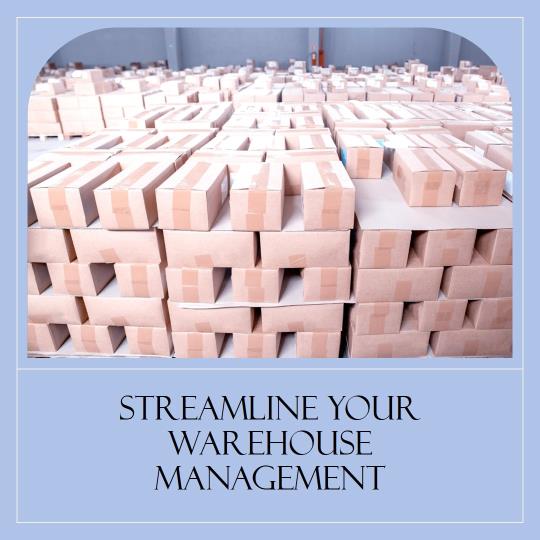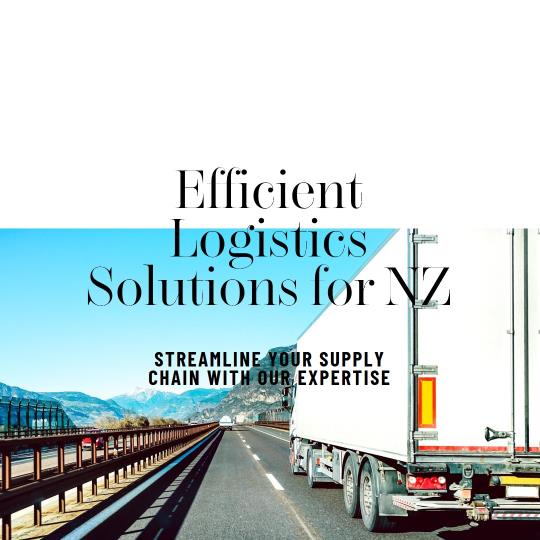Although logistics are always changing, New Zealand's difficulties are unique and require creative solutions. While New Zealand is at the heart of global trade, the logistics sector faces particular problems due to its remote position, diverse landscapes, and dispersed population. Dealing with these issues necessitates a solid approach that involves technology, long-term planning, and a detailed understanding of the local environment. This article delves into the tough aspects of logistics in New Zealand and examines how the industry is developing to become more efficient, ecologically friendly, and resilient in the face of unique issues.
Laying the Groundwork for Future Success at Logistics NZ
Despite the particular logistical challenges that New Zealand faces, the sector is not just surviving but prospering due to its capacity to adapt and develop. In New Zealand, logistics is demonstrating how embracing new ideas can turn difficulties into opportunities. Logistics are becoming more efficient and future-ready by combining innovative tools, environmentally friendly procedures, and strategic planning.
Learning from NZ's logistics sector can help other areas deal with their own difficulties as the world grows more interconnected. It demonstrates that the sector is committed to continuous expansion and adaptability, with a focus on supply chain and warehouse management. By incorporating resilience into its logistics operations, New Zealand is not only dealing with difficulties but also making the industry stronger and more agile.
New Zealand Supply Chain Management: Improving Trade Efficiency
Although New Zealand has harsh landscapes and many islands in the Tasman Sea, its supply chain management must be more flexible than in more connected areas. To keep the complex web of supply lines that connect producers to consumers running smoothly, efficiency and resilience must be carefully balanced. Using technology to improve the transfer of goods between the islands is critical, as is ensuring that every link in the supply chain functions properly and responds quickly.
Supply chain managers in New Zealand are increasingly turning to modern technology such as real-time tracking, data analytics, and automation to improve visibility and expedite procedures. Smart sensors and Internet of Things (IoT) devices working together allow us to trace items from manufacture to delivery, providing us with important information about the supply chain. This understanding not only makes logistical systems more effective, but it also allows individuals to handle problems before they occur, reducing the impact of unpredictability.
Sustainable supply chain management in NZ is also gaining popularity. As consumers grow more aware of environmental issues, corporations are adding eco-friendly methods into their supply lines. Everyone is working on creating a supply chain that not only fulfills today's needs but is also prepared for tomorrow's difficulties. This involves reducing carbon footprints and making the greatest use of packing materials.
Warehouse Management in New Zealand: The Heart of Efficient Logistics

Goods travel smoothly through the supply chain because warehouse management in NZ is the logistical heart of it. Different areas necessitate strategic warehouse placement and efficient inventory management. Warehouses are essential strategic hubs that enable speedy and low-cost delivery.
Because of the specific issues caused by New Zealand's terrain, warehouse management systems are evolving to be more lightweight and versatile. Automated storage and retrieval systems (AS/RS) are becoming increasingly popular because they make effective use of vertical space and decrease the need for big horizontal storage. It is especially significant in areas where there is a scarcity of land.
Meanwhile, office robots are becoming increasingly common. Fully automated guided vehicles (AGVs) and robotic arms make picking and packing easier, requiring less manual labor and increasing total output. The challenges of a dispersed population are overcome, and the supply chain becomes more stable by lessening the consequences of personnel shortages or other issues.
As internet purchasing continues to alter people's behavior, New Zealand warehouse managers are adapting to the demands of the digital age. Timely processing, proper inventory management, and speedy order fulfillment have all become critical. Modern technologies such as artificial intelligence and machine learning are being employed in warehouses to predict demand, maintain optimal stocking levels, and make operations more flexible overall.
The logistics industry in New Zealand is continually evolving. The collaborative efforts of supply chain and warehouse management are changing how items travel across the islands. When confronted with specific obstacles, the industry's capacity to recover demonstrates how well it can adapt and adjust. With more advanced technology and an increasing emphasis on sustainability, New Zealand's transportation industry is poised to confront the future with confidence and efficiency.


No comments yet